Runnin’ with the Bulls on Oregon’s Wenaha River

The greatest thing about the Pacific Northwest is how much accessible adventure hides in the creases of its maps. Yearning for a quick fix of nowhere recently, �����ԹϺ��� correspondent Tim Neville and I beelined for the Wenaha-Tucannon Wilderness, a remote, often-overlooked area in northeast Oregon that’s best known for rattlesnakes, searing summer heat, and monster bull trout that lurk in the cold, clear water of the fast-running Wenaha River.
Our plan was simple: Hike in a few miles in, then float 22 miles back to a car using packrafts we’d rented from . In three days, we got all the adventure we wanted, and were ready to jockey a writing desk again.
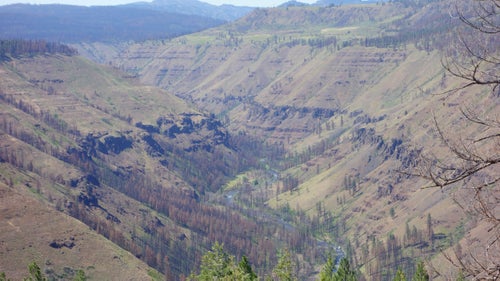
The Wenaha-Tucannon Wilderness straddles the Oregon-Washington border in northeasternmost Oregon, covering about 177,000 acres in all. It’s often a tough landscape, of big basaltic ridges and outcrops split by deep canyons. Rocky Mountain elk, bighorn sheep, whitetail and mule deer, black bear, and cougar live here. Last summer, a wildfire burned some 80,000 acres, mostly in the wilderness. We found the Wenaha River, though, in surprisingly good shape.
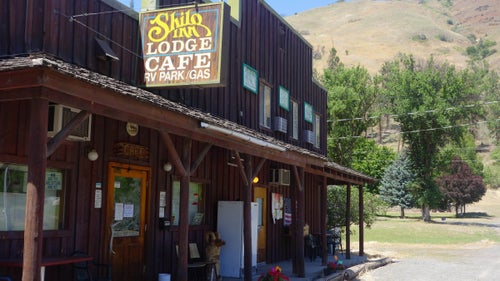
The Wenaha is really remote: It’s a seven-hour drive from Seattle to Troy, Oregon (population 12), the eastern gateway to the wilderness, which sits at the confluence of the Wenaha River and the Grande Ronde River. Amazingly, it takes about the same time to drive from Bend, Oregon. Troy’s Shilo Inn, only reachable by gravel road in either direction, is a good place to stop for pre-trip beta and post-trip burgers. It’s closed Mondays, we found out the hard way.
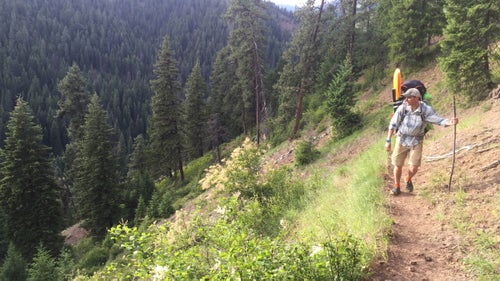
To reach the wilderness and the Wenaha River we drove about 22 miles outside of Troy, on Forest Service roads, to the Elk Flats Trailhead. (Another trail, the Wenaha River Trail, leaves from Troy and traces the river’s path upstream from there.) A six-mile hike dropped us more than 2,000 feet to the river. Backpackers start among larch alpine flowers and end among rattlers.
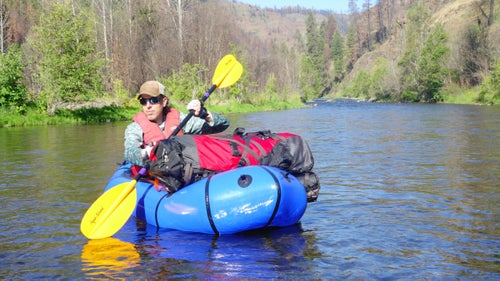
Packrafts have blown open wilderness travel. The little rubber dinghies, which roll down to about the size of a tent, inflate in just a few minutes and (in capable hands) can handle legitimate whitewater. The paddle collapses, too. When treated well they can be surprisingly tough and durable, able to carry a middle-aged man carrying too much food and whiskey. As one fan has put it, with a packraft suddenly all those blue lines on the map are no longer obstacles to a backpacker, they’re routes for adventure.
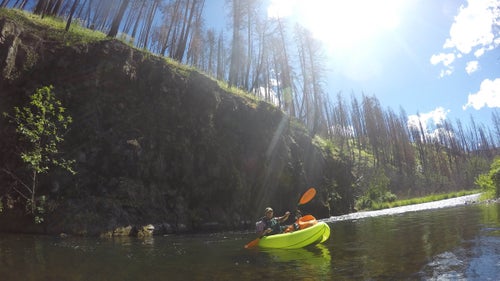
The Wenaha in early summer is a river best for novice packrafters who do have previous kayaking experience and are comfortable with some whitewater. The river wasn’t deep—often less than two feet!—but there were miles of Class II rapids, and many bottom-bumping boulders. What’s more, even a mellow river surprises with strainers and hydraulics. Both of us dumped. Know how to use a paddle, and how not to panic if you get dumped. And bring a PFD.

Several miles down from where the North and South Fork Wenaha rivers merge, the rapids occasionally pause, the river bends, and deeper pools form. We looked for the big fish there.
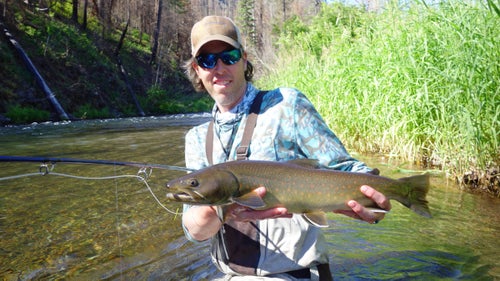
Bull trout are a sign of a clean, cold, healthy mountain river. And for some reason, the Wenaha grows ‘em big. We caught bull trout as large as 24 inches—but I swear I saw a 30-plus-inch old hog down deep in another hole. The Wenaha River is one of just three places in Oregon you can fish for bull trout, which are sometimes called “the wolves of the river” for the way they predate on smaller fish. Note: Bull trout are protected in most placed in the Pacific Northwest, and they are catch-and-release here. We handled the fish with extreme care and only had them out of the water for a quick photo before letting them go.
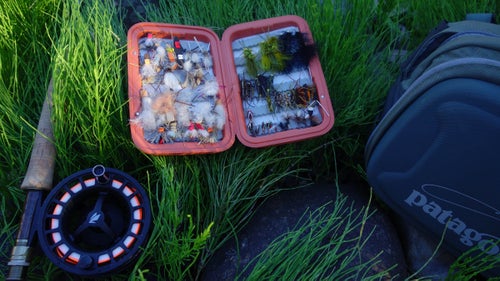
The bug life on the river was tremendous, the sign of a really healthy stream. But you don’t need to bring a lot of flies. The advice we got was solid. For the rainbows: Try dries like stimulators and ants. For the big bulls, head deep, with green woolly buggers, Sculpzillas, Clousers, Dolly Llamas. And if those aren’t working, a juicy greenish stonefly nymph trailing a Copper John.
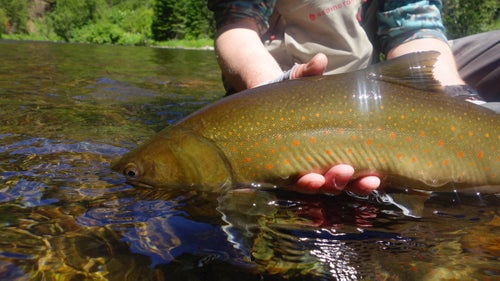
A big-shouldered bull trout, up close. They’re gorgeous fish, instantly recognizable by their lack of black spots on the dorsal fin. “No black, put it back” is the refrain to protect these fish. They have huge mouths and put up a great fight.